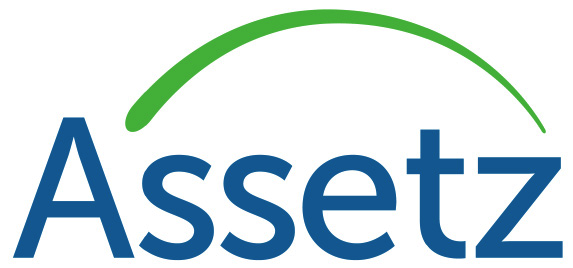-

-

+91 78295 54411
- Enquire Now


 +91 78295 54411
+91 78295 54411
We understand how every industry has its jargon, and that real estate is no different!
There are a multitude of real estate terms and definitions out there, and it may add layers of confusion if you’re just starting to learn about the real estate industry! To make it easier for you, we have carefully curated this ultimate dictionary of important real estate definitions you should know if you want to dwell deeper into real estate.
If you need to get a loan sanctioned from the bank to buy a new home, you need to first get it appraised. The appraiser will determine the value of your new home based on a thorough property examination, and analyzing the price with other comparable properties in the area. This process gives the bank surety that they are lending the right amount of money.
As the name suggests, the carpet area is the space you have to lay a carpet on the floor. It is important to note that this space does not include the thickness of the inner walls. To put it simply, it is the usable area in a room/ office/ unit, etc.
Collateral is an asset that guarantees a loan repayment. The borrower risks losing this asset if they do not repay the loan as per the terms of the contract.
Floor Space Index or FSI is the ratio of the combined area of all floors to the total plot area. A higher HSI indicates a higher built-up area. The built-up area includes the carpet area, thickness of the walls, and the balcony area that is enclosed within the inner walls.
Freehold property is a property over which an individual has complete ownership. To put it simply, freehold means “free from hold” of any external entity other than the owner. The freeholder owns the property, and the land it’s built on and is completely responsible for the same.
Interest is the cost of borrowing money to buy a home. Interest and Principal are combined to determine your monthly loan payments. The longer a home loan is, the more interest you will have to pay. If you are considering a home loan application, we have a checklist that you can refer to for more information!
As the name suggests, the ownership of the property is leased to a tenant for a certain period. You can also check our blog on lease vs rent to get a better understanding of both the real estate terms!
These are the charges paid by the owner/ occupants of the property towards the overall upkeep of the facilities. Most often, it is paid as a monthly charge and the amount depends on the amenities the property offers.
Per square foot rate helps developers to determine the value of a property of a super built-up area. The super built-up area of a property is a combination of common areas (staircase, lobby, lifts, etc.) and the built-up area (carpet space, balcony area, wall thickness, etc.).
A pre-launch property is a project that is still in the planning stage and is expected to receive complete approvals for the construction. To raise funds, property developers offer appealing discounts in the pre-launch stage of a residential project. However, investors need to weigh their options and make an informed decision as there are risks involved.
The principal amount of a home loan is considered as the amount owed to the lender, excluding the interest. Homebuyers pay a fixed principal and interest amount each month as EMI to the lender.
Among the multitude of tasks that a homebuyer has to do is the responsibility of registering a property with the government. A property is considered “registered” after filing property documents, and after paying stamp duty & registration charges. Once a property is registered, this means that the individual in whose favour the property was registered, becomes the lawful owner and is responsible for it in all aspects.
As the name suggests, a ready-to-move-in property is ready to be occupied. It is completed in all aspects and has also received a completion certificate.
It is important to understand the difference between these two real estate words: an agent and a broker.
A real estate agent is responsible for bringing buyers and sellers together and is paid a percentage of the property’s price once the property is bought. On the other hand, a real estate broker is someone who works independently and oversees this process by having real estate agents employed under their brokerage.
The saleable area is another term for “super built-up area”. This refers to the combination of common areas (staircase, lobby, lifts, etc.) and the built-up area. (carpet space, balcony area, wall thickness, etc.)
To conclude these real estate terms, we understand that it may be overwhelming to learn about a diverse industry from scratch. However, the knowledge of these real estate definitions and terminologies will serve to be fruitful in the long run, whether you plan on investing or selling a property. If you are interested in living in and around Bangalore, you should check out our residential projects that consist of various properties like row houses, villas, gated apartments, and more! We, at Assetz, aim to give you the luxury and comfort you deserve in your abode!